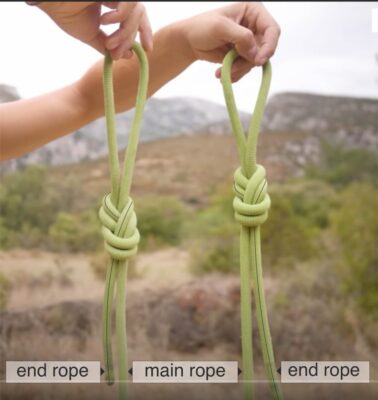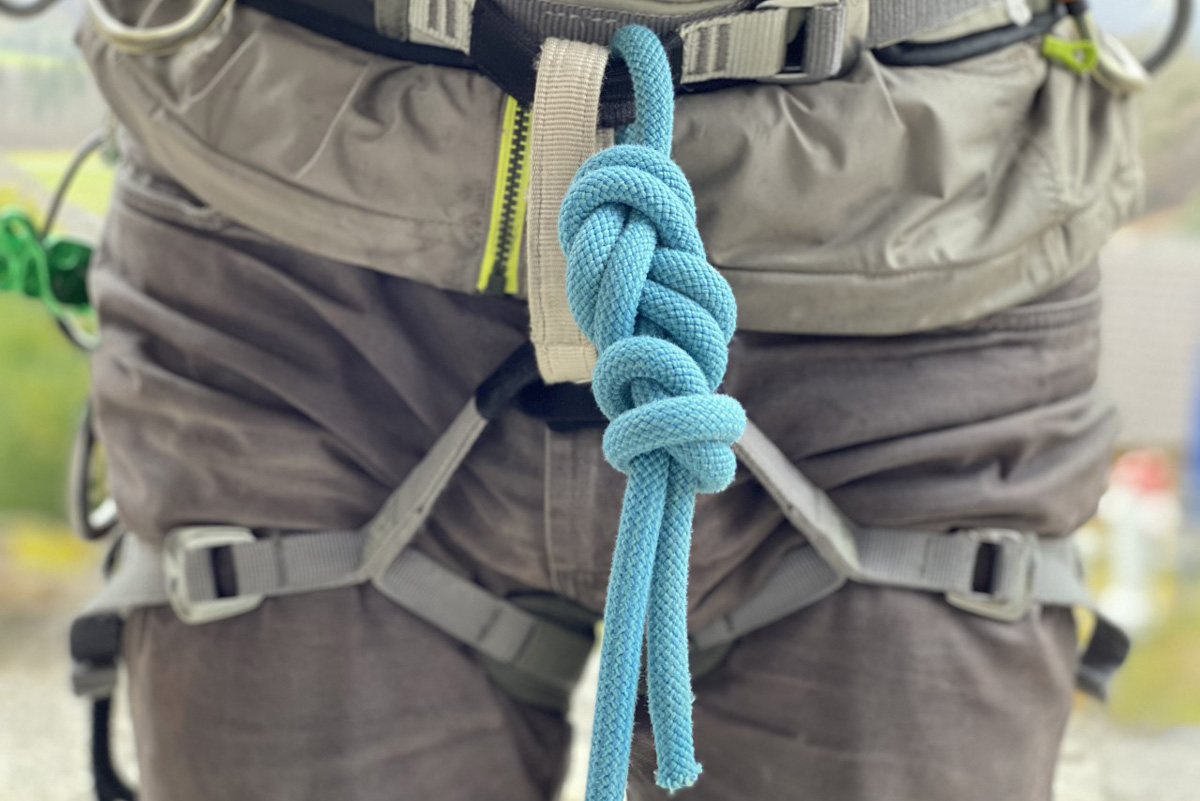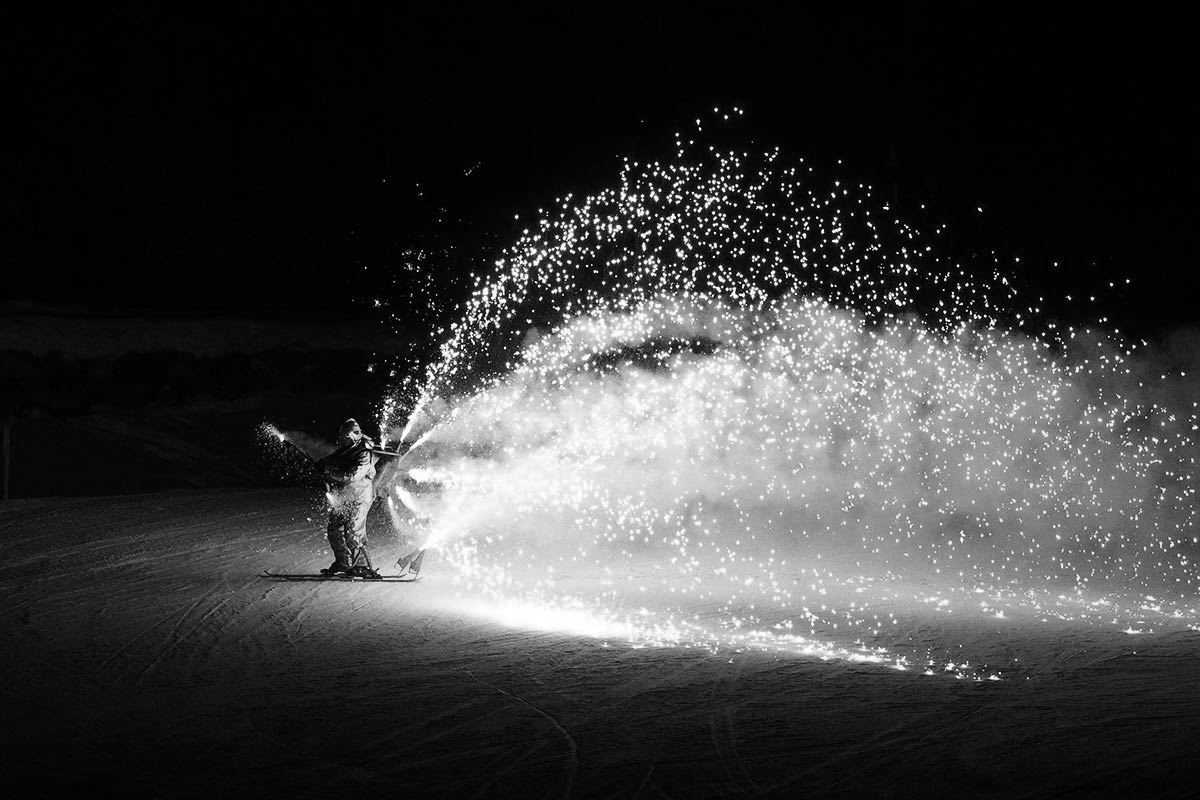The UIAA – International Climbing and Mountaineering Federation – regularly receives questions related to safety topics. The UIAA Safety Commission, with support of other UIAA Commissions and experts, has published a series of articles answering common questions with the objective of making them available to the wider climbing community.
This month’s question is:
I have a question about something an instructor once taught me. He said that the main rope should “clamp” the whole knot, passing behind. However, in all the videos and manuals I check for reference, the end of the rope passes underneath “pressing” the knot. In the left knot the end of the rope (black line) is pressing the whole knot and the right knot the main rope (without black line) is pressing the whole knot.

Which knot is correct?
UIAA Safety Commission:
Your question about which way to tie a figure-eight knot correctly has been widely discussed in multiple forums. The figure-eight knot is one of the most widely used and is one the UIAA Ice Climbing Commission mandates for its competitions. The videos and published data that are available tend to agree upon a couple of points:
1) There is no significant difference in how a figure-eight knot is tied when it comes to overall strength. The most important issue is to make sure that the knot has been completed when tying. Most accidents that involve a figure-eight knot occur as a result of not completing the knot rather than how the knot was tied. It is also recommended to have a “buddy check” that the knot has been completed prior to climbing or loading the knot.
2) If the definition of correct also includes the ease of being able to untie the knot after it has been loaded, then assuring that the load line is more central to the middle of the knot seems to be important from the limited data available.
It must also be said that there is a measurable difference in strength depending on which configuration is tied. SafeCom believes it is something like 5-8% and that it is more about the bend diameter being larger in one configuration rather than how it “clamps” the other strand. That said, knots when loaded dynamically behave very interestingly.
In either case, it makes no significant difference which knot is used, and it is not the biggest safety concern for most climbers. Which is just as well because it would be impractical to try to spot this when doing a “buddy check”! Climbers can often be seen tying in without paying attention to where the standing end exits the knot. Nevertheless, this is certainly more important in rescue application or with much thinner ropes that could be loaded closer to their breaking strength.
SafeCom underlines that it is important is to focus on whether it looks like a figure-eight knot (or overhand) rather than worry about the direction of travel of the outer/inner thread.
Ask UIAA SafeCom
To submit a question to be addressed by the UIAA Safety Commission please click here.
Previous questions
Suncream and climbing gear
Rope testing
Half ropes
Bolts near edges
Main picture: UIAA/Rob Adie



